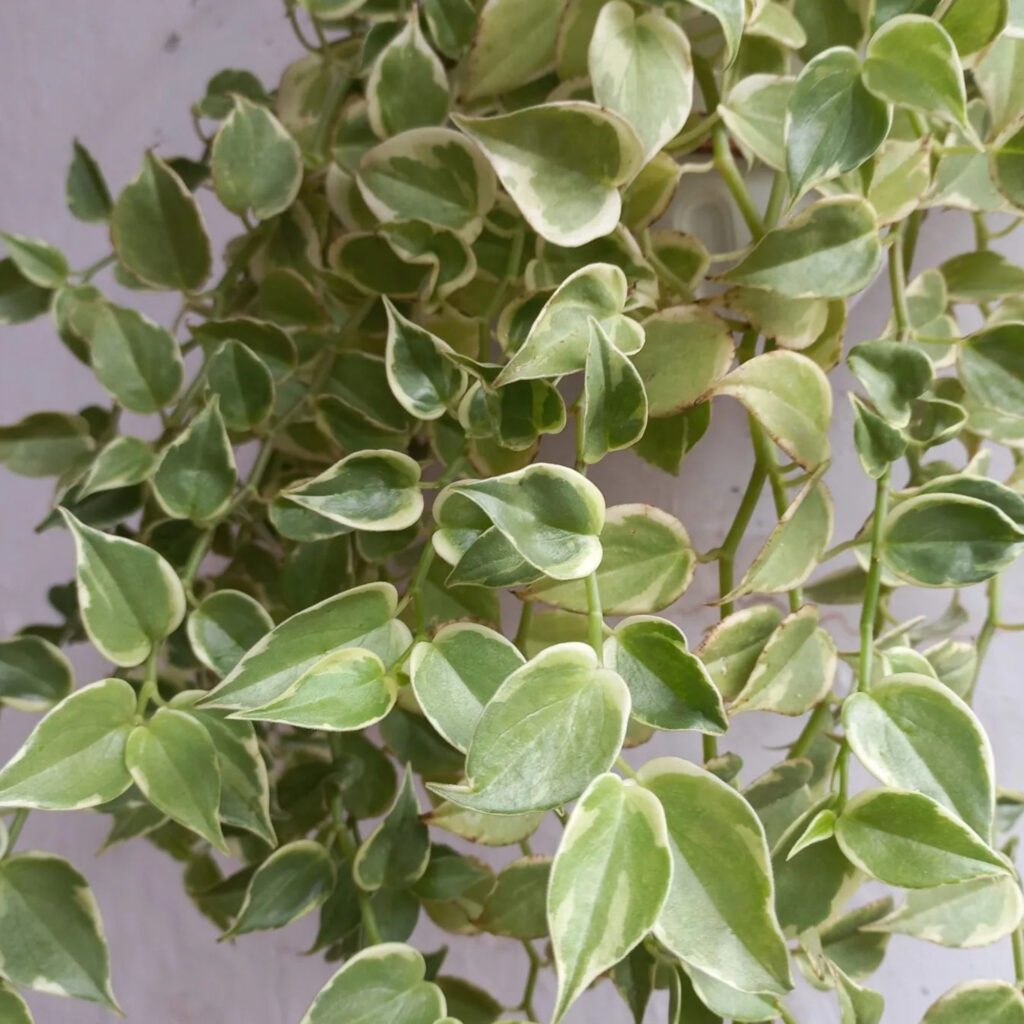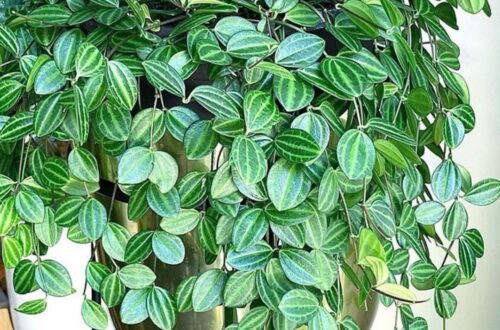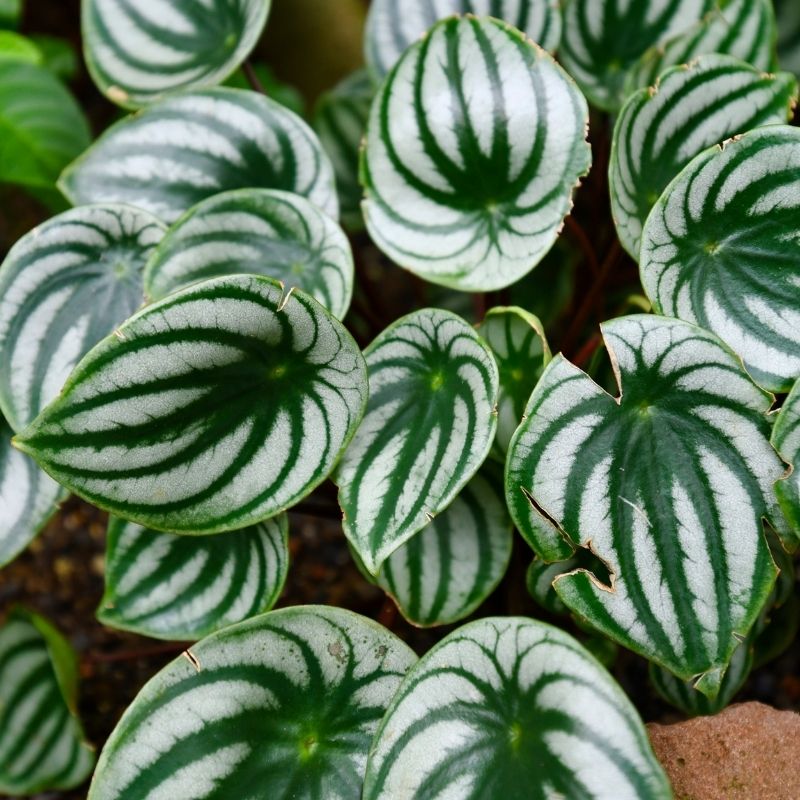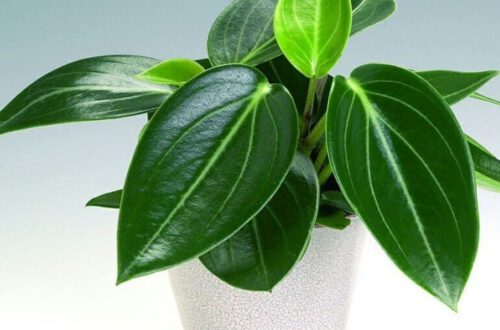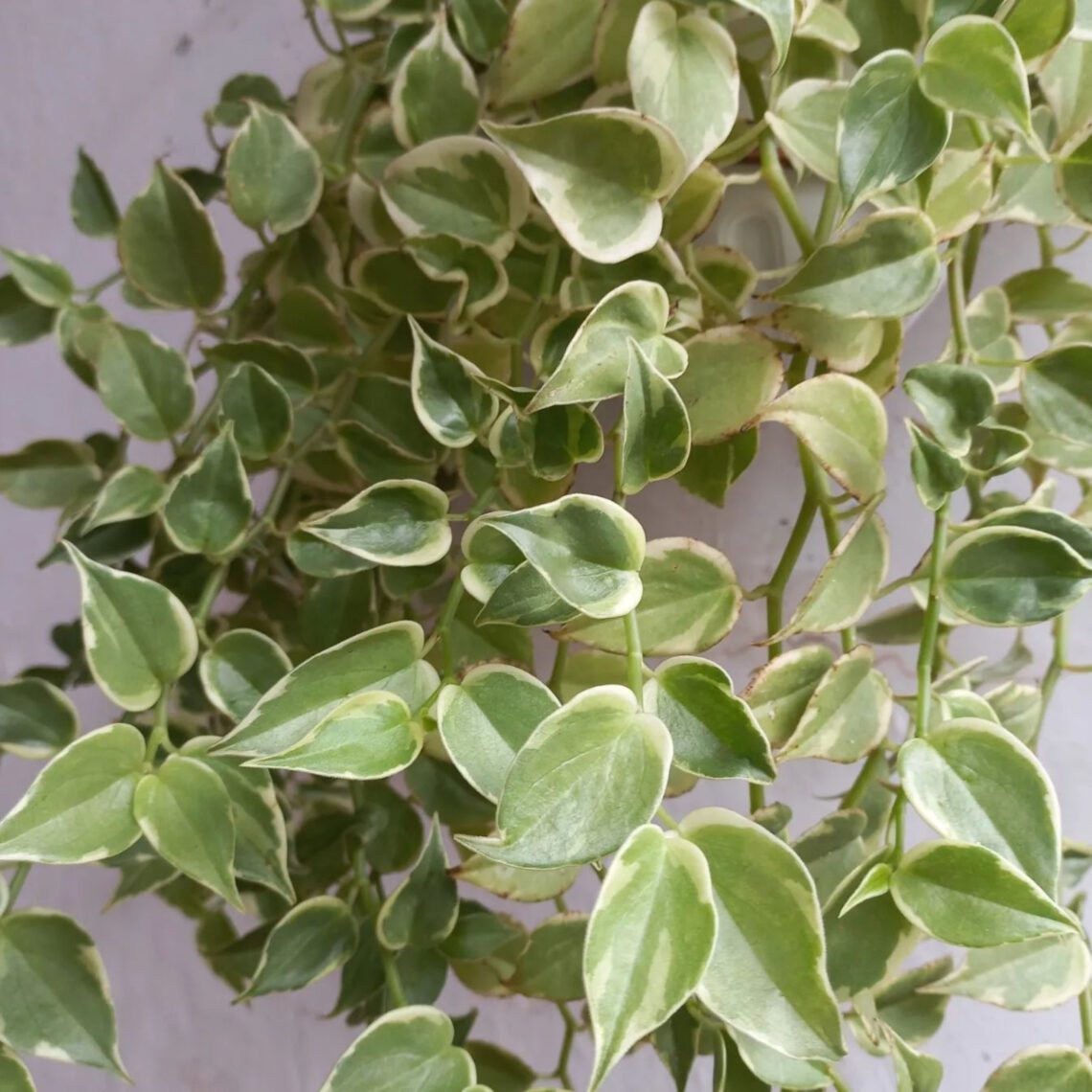
Peperomia Scandens
Welcome to our guide to the Peperomia Scandens care and propagation…
Peperomia Scandens Care Summary
| Light needs: | Medium to bright indirect sunlight. |
| Watering needs: | Check soil weekly and water only if dry most of the way down. |
| Fertilizer: | A well diluted balanced plant feed once a month in spring and summer. |
| Soil: | 80% potting compost and 20% perlite mix. |
| Humidity: | 40-50%. |
| Temperature: | 20°C- 25°C (68-77°F). |
| Where to buy: | Try our list of Rare Plant Shops. |
| Common issues: | Root rot / overwatering. |
Introduction
The peperomia scandens (a.k.a. cupid peperomia) is a vining epiphytic peperomia that is easy to grow. They are slow growing but easy going and low maintenance. They look a lot like a philodendron and are often called the philodendron peperomia. From a far the variegated peperomia scan can also look a bit like a pothos njoy too.
See also: Peperomia Verticillata, Peperomia Ruby Cascade, Pink Lady Peperomia, Peperomia Polybotrya, Peperomia Piccolo Banda, Peperomia Incana, Peperomia Quadrangularis, Peperomia Ruby Cascade, Peperomia Serpens, Pink Lady Peperomia.
Light Needs
Medium to bright indirect sunlight is best, they need a decent amount of light to grow but can do fine back from the window. Do not give them any direct sun.
How Often To Water A Peperomia Scandens
They are quite susceptible to root rot, so let it dry out almost completely before watering again. Check it once a week by sticking your finger in the soil.
Tip: under water these plants rather than overwater them. They are tolerant of most conditions, but will get root rot easily if you let them sit in soggy soil. For the same reasons you should make sure you tip out any water from the bottom saucer after watering, and the plant should be in a well draining mix with some perlite.
Fertilizer
Feed them a really well diluted balanced plant feed once a month in spring and summer. Do not overfeed, if in doubt dilute the fertilizer more than the instructions say.
Soil
You want a light and airy mix to get plenty of air around the roots. Use a well draining soil with plenty of perlite (80% potting compost to 20% perlite). This stops the soil holding on to water and so helps to avoid root rot.
When To Repot A Peperomia Scandens
Check the plant at Easter time and pot it up a size if the roots are crowded.
Humidity
They will do just fine in most homes, but aim for 40-50%.
Temperature
The ideal range is 20°C- 25°C (68-77°F). They will be fine if the temperature drops more at night time through.
Propagating Peperomia Scandens
Peperomia scandens is easily propagated in water. Take some stems cuttings and root them in a pot, keeping it in a bright window, but without any direct sun. Keep them humid too. Then in a month or so, pot it up in soil when its roots are well established.
Tip: they can be kept in the water ongoing if you like, they can grow in water alone as long as you keep it topped up. Change the water if it gets cloudy.
Peperomia Scandens Vs Serpens
They are really similar peperomias, but can be told apart as the scandens has more oval shaped leaves, the serpens has smaller more oval shaped leaves which can also be more heart shaped.
Peperomia Nitida Vs Scandens
Peperomia nitida and peperomia scandens are different names for the same plant.
Is It Toxic To Cats?
They are non-toxic to dogs and cats.
Where To Buy
Try our list of Rare Plant Shops.
Other Names
Cupid Peperomia, Philodendron Peperomia.
FAQs And Common Problems
Root rot is the main issue, make sure you only water the plant when it is dry, and keep it in a well draining medium.
Other Articles You Might Like
Hope you found this guide useful, you might also like our other articles: Peperomia Ruby Cascade, Pink Lady Peperomia, Peperomia Polybotrya, Peperomia Piccolo Banda, Scindapsus Treubii Moonlight, Jessenia Pothos, Hoya Linearis, Philodendron Camposportoanum Care.
Follow us on Instagram and Pinterest for regular plant updates and occasional plant giveaways.
